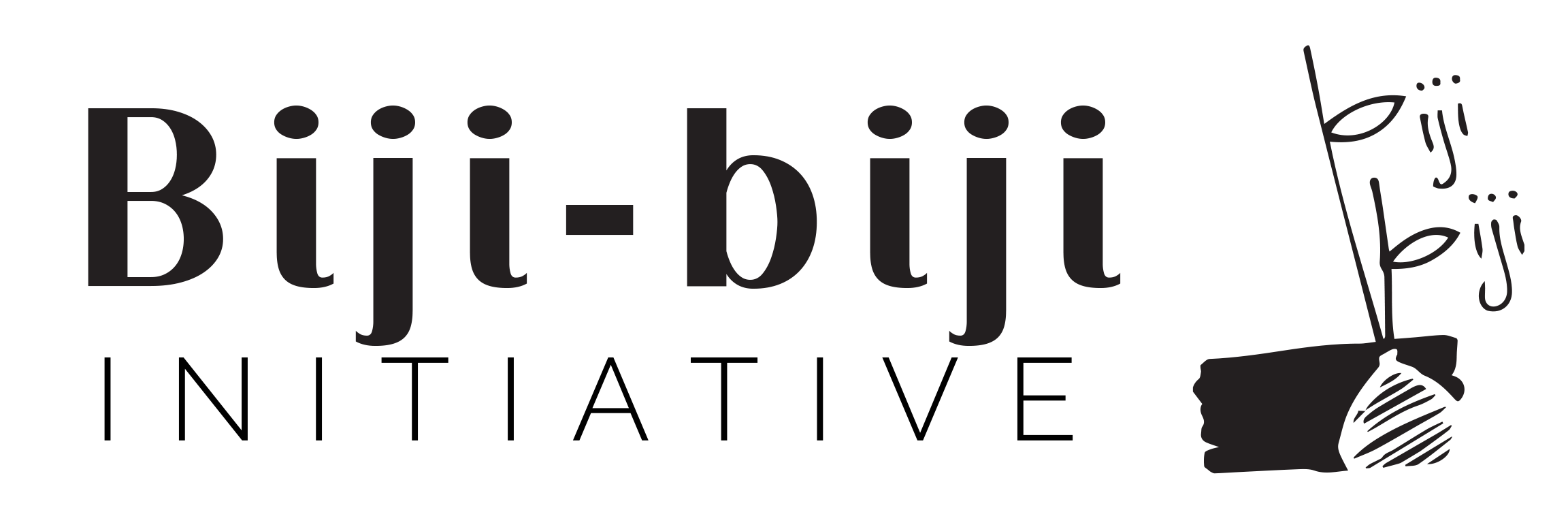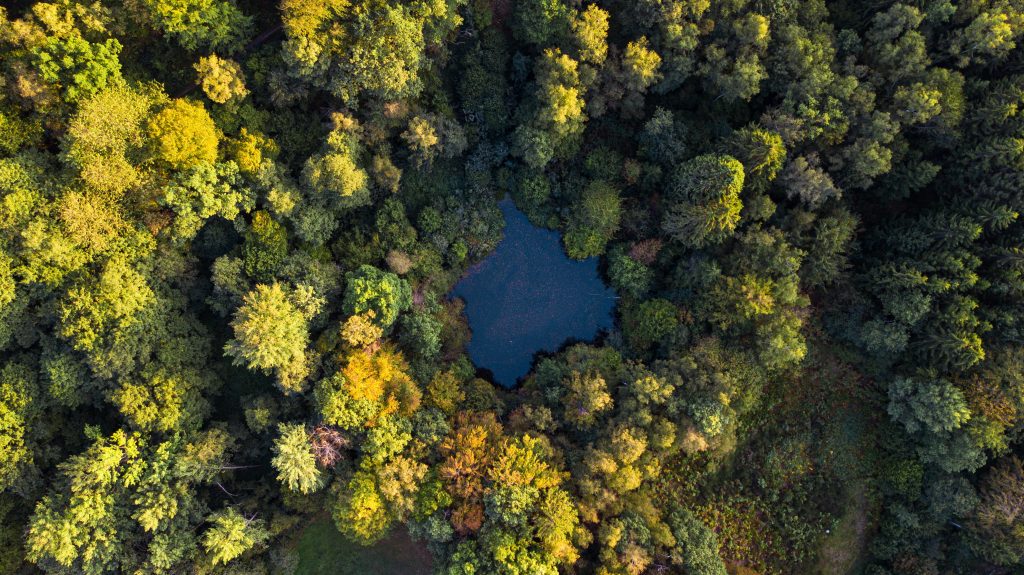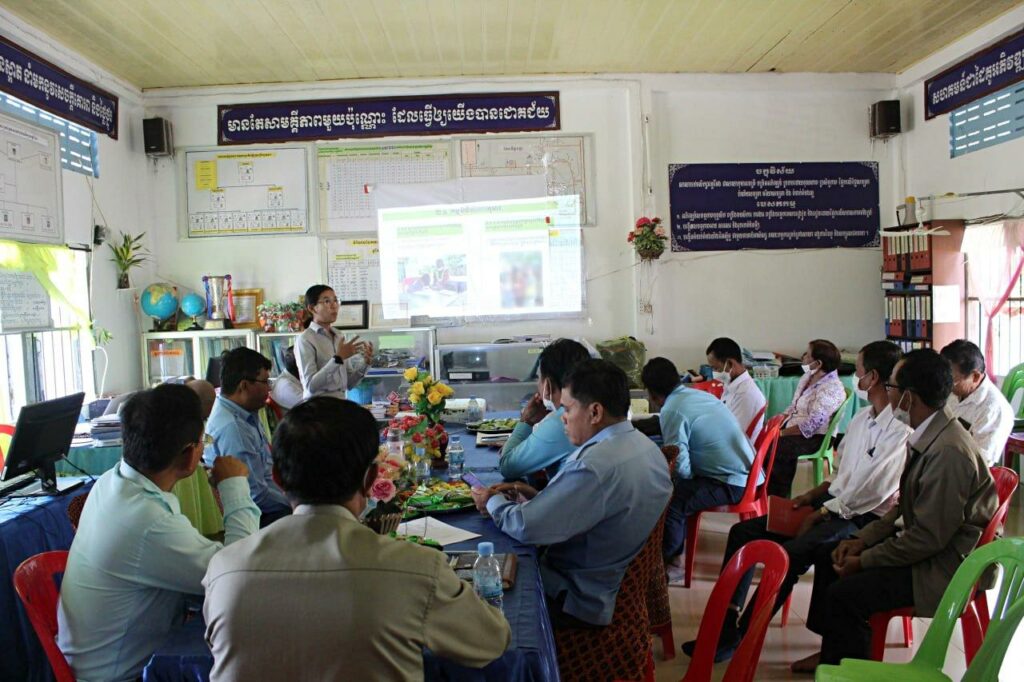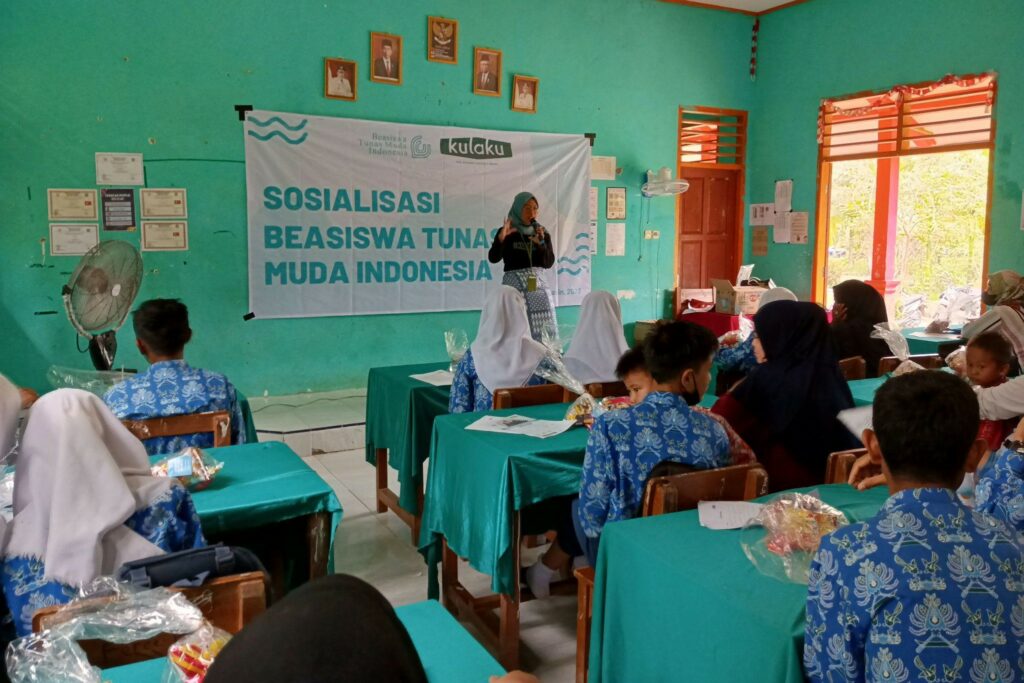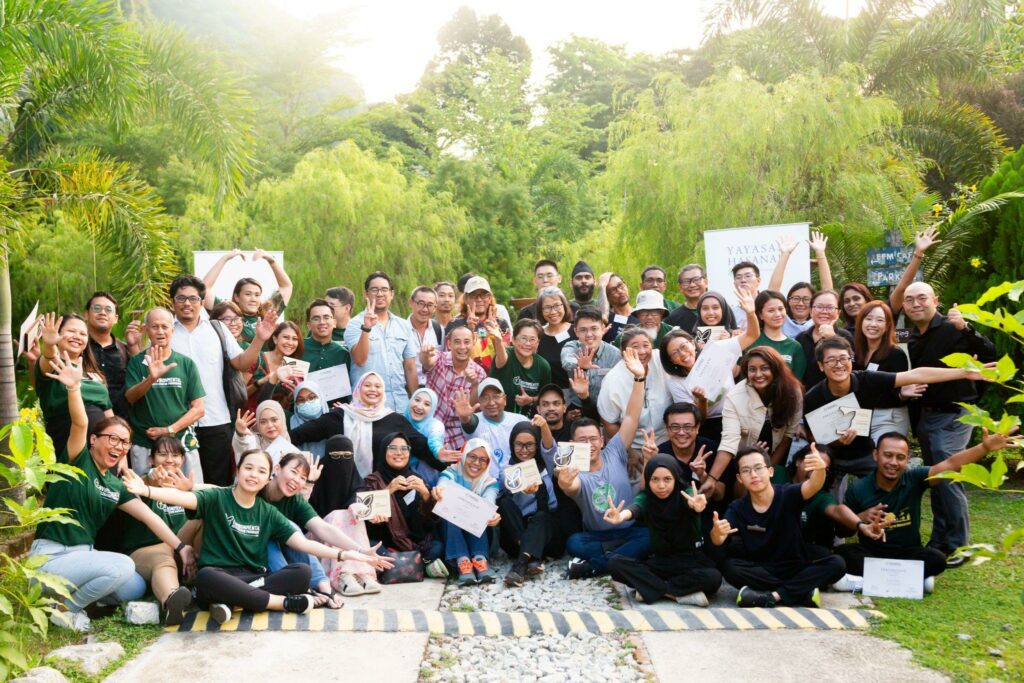The detrimental implications of the COVID-19 pandemic were felt worldwide, from overwhelmed health care systems in even the most developed nations to highlighting the gaps of inequality in our society. As such, we can all agree on one thing— our current systems are not working for businesses, people, or the environment. The pandemic has made it very clear that the policies we make now will and can come back to haunt us in the future.
If there was ever a time to move towards building sustainable and reliant economies, it’s now. Unfortunately, as cliche as it sounds, we only have one planet we can call home, and right now, we are not treating her right. For instance, most developing nations in the world still dispose of waste in landfills and dumpsites. This contributes to global warming, resulting from the methane emissions from anaerobic disposal, ultimately leading to adverse environmental changes and health issues.
To achieve our goals of building those resilient and sustainable economies, we have to look into how we dispose of our waste. It is reported that between 2016-2018, ASEAN nations witnessed a staggering growth of waste imports by 171% from developed countries. These increasingly high rates of waste import have left the receiving nations with no actual capacity to deal because the reality of the matter is, there is simply no more space left.
So what is the solution, you might ask? Circular economies. A circular economy is an economic model that proposes salvaging materials at the end of a product life cycle. It is based on the idea of “reduce-redesign-reuse” to allow our systems to be less reliant on virgin raw materials and inherently more sustainable by reusing resources whenever possible. Unfortunately, although this concept has been widely adopted in western countries, the idea is still pretty foreign in Asia.
A circular economy leaves out economic activities that negatively impacts human health and natural systems.
Circular economies are the key to post-COVID economic growth. According to the World Economic Forum (WEF), the financial benefit of transitioning to this economic concept is said to be worth more than US$1 trillion (RM4.1 trillion) in material savings, with the added advantage of innovation, job creation, and economic growth.
So, where do we begin? The first step to achieving the goal of a circular economy is to raise awareness. There is a general stigma around sustainable practices and the hefty price tag they come with; This is usually the result of misinformation or lack thereof. Therefore, in essence, a massive part of the transitioning process is to aggressively spread information about the general benefits of this concept. It is necessary to show businesses that there is a range of circular opportunities available to them— of which many are not technically prohibitive and could be easily accessed.
Raising awareness helps the public grasp the importance of a circular economy to the environment and increases “climate literacy”.
“Perhaps, if the companies are more familiar with the concept, then only they will see it as opportunities to create a competitive advantage in terms of new products, market access, and customers.” MPC DG Datuk Abdul Latif Abu Seman said in a statement— published in an article written by The Malaysian Reserve.
One way to overcome this would be to lead by example. Citing and promoting successful circular economic ventures allows the initial step into sustainable practices to seem less daunting and instead achievable. For instance, local initiatives such as the Beyond Bins by Biji-biji initiative aims to tackle plastic waste while providing an alternative source of income to underprivileged communities within Malaysia— with a goal of inherently instilling a mindset shift about sustainable living along the way. Another example in the ASEAN region would be the CupKita, a start-up based in Jakarta. CupKita is a sustainable initiative that aims to tackle the issue of single-use plastic cups by offering convenient alternatives to its users.
The journey to accelerating circular economic practices must involve Small and Medium-Sized Enterprises (SME).
The next step would be to ensure everyone is involved, and that means small businesses. A large chunk of companies in South East Asia is registered as Small and Medium-Sized Enterprises (SME), making up almost 98.5% of businesses in Malaysia. There is a common misconception that large businesses face fewer barriers as they have the capital to change operations. However, on the contrary, small companies are probably more likely to succeed in transitioning to circular economic practices because of their smaller size.
Governments can help make this process smoother by providing support to SME’s in their transition process. In addition, policymakers should draw on experiences learned in other countries. For instance, Vietnam is a founding member country of the Global Green Growth Institute (GGGI). With that, Vietnam is well on its way to creating green, smart cities that will allow the nation to ensure economic growth. While also sidestepping the environmental pitfalls of rapid urbanization seen elsewhere.
“Viet Nam is a shining star in Covid response, but our economy is not exempted from the global downturn. This is a challenge, but I also see an opportunity to build back better. GGGI stands by Vietnam to support its implementation of a successful green recovery“, said Hanh Le in a statement— Published by VnExpress international
The government plays an essential role in creating and implementing conditions for a circular economy to thrive.
Lastly, governments should strive to implement conducive policies to create a more enabling environment. This can be achieved by promoting innovative financing opportunities to further their cause of a circular economy. For instance, Indonesia signed the Paris Agreement in 2016 and pledged to lower its carbon emissions by 29% in 2030. Indonesia, the most significant greenhouse gas emitter, has now turned to green finance markets to fund new sustainable projects. Pioneering the world’s first Green Sukuk (a bond whose terms and structure are sharia-compliant), the country has managed to rake in more than $2.75 billion.
The road to transitioning into a circular economy is going to be a slow and deliberate process. For many countries, especially in Asia, it is a departure from long-held norms. However, if implemented correctly, it will generate tangible benefits in the long run, not just for the environment but also for the general well-being of people.
